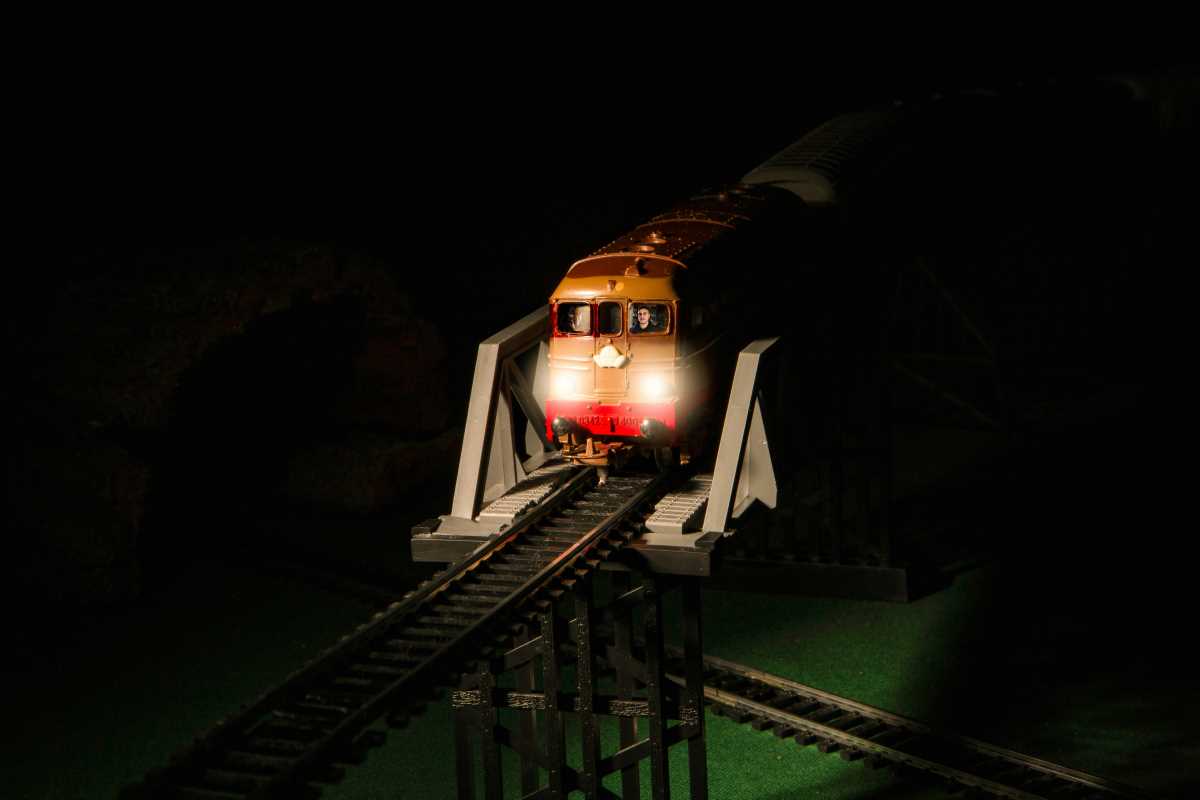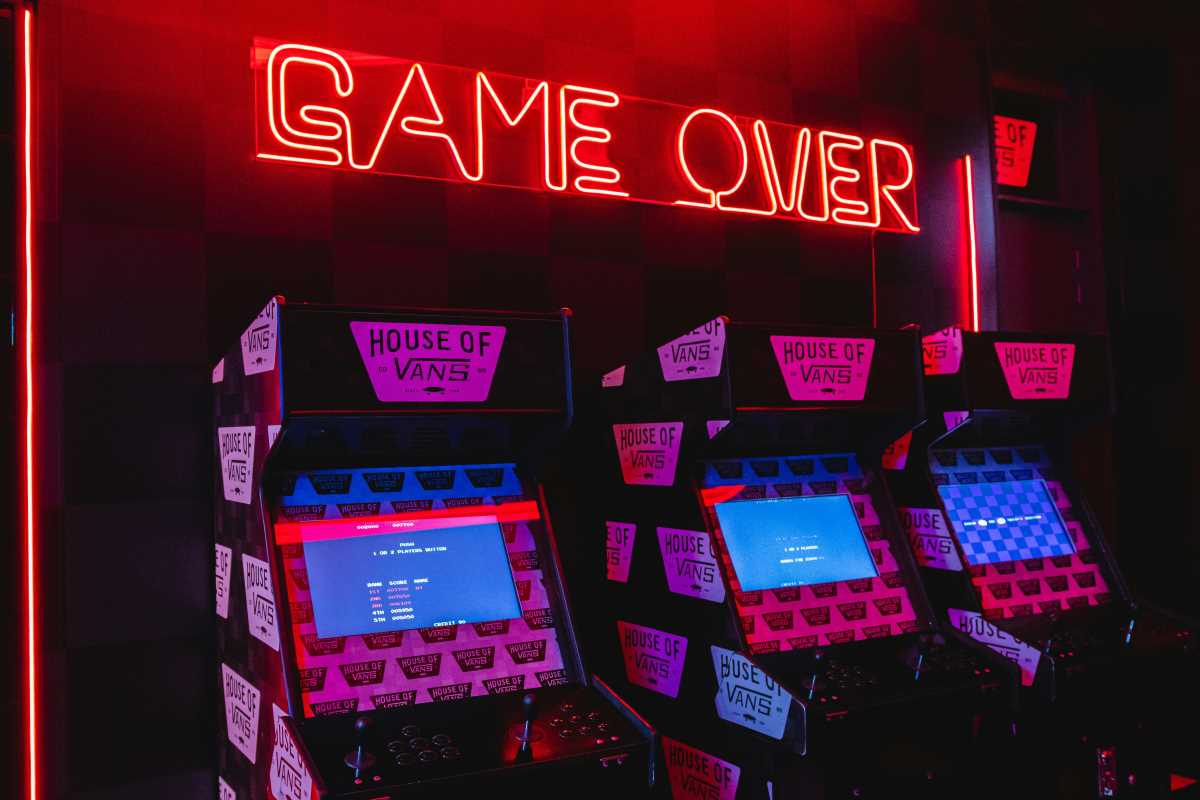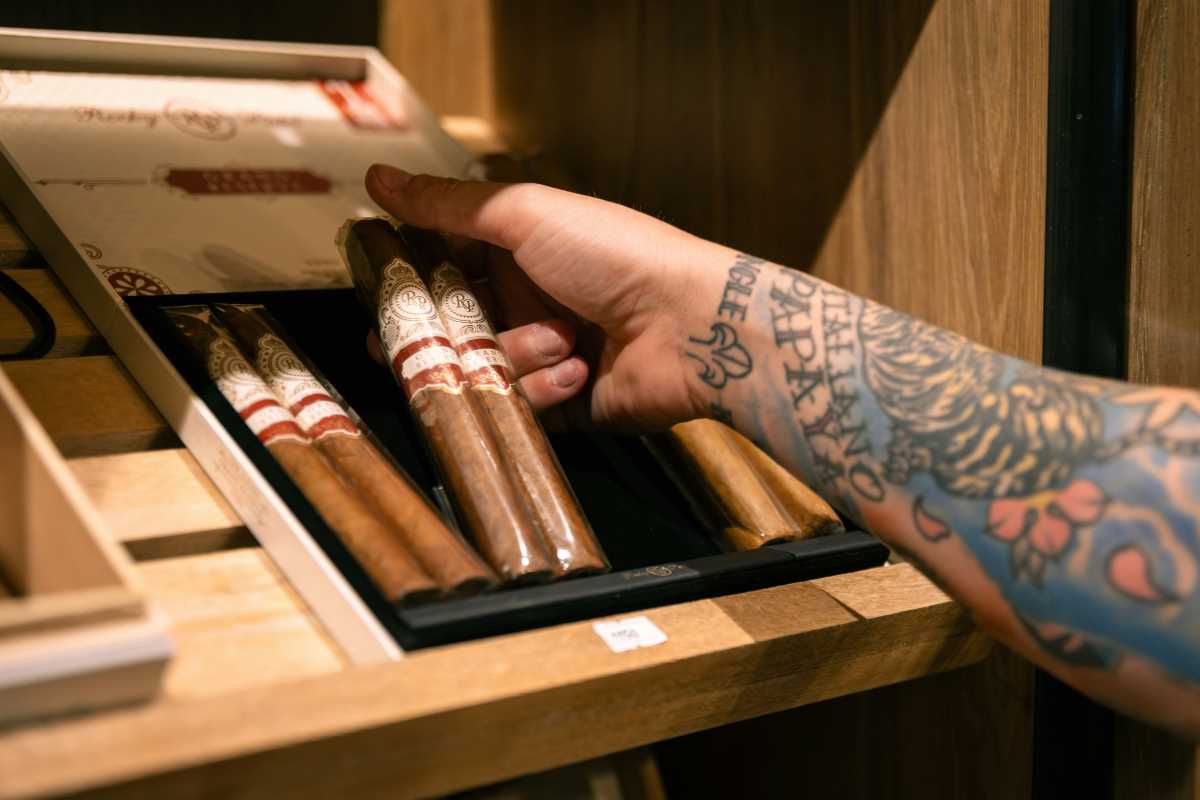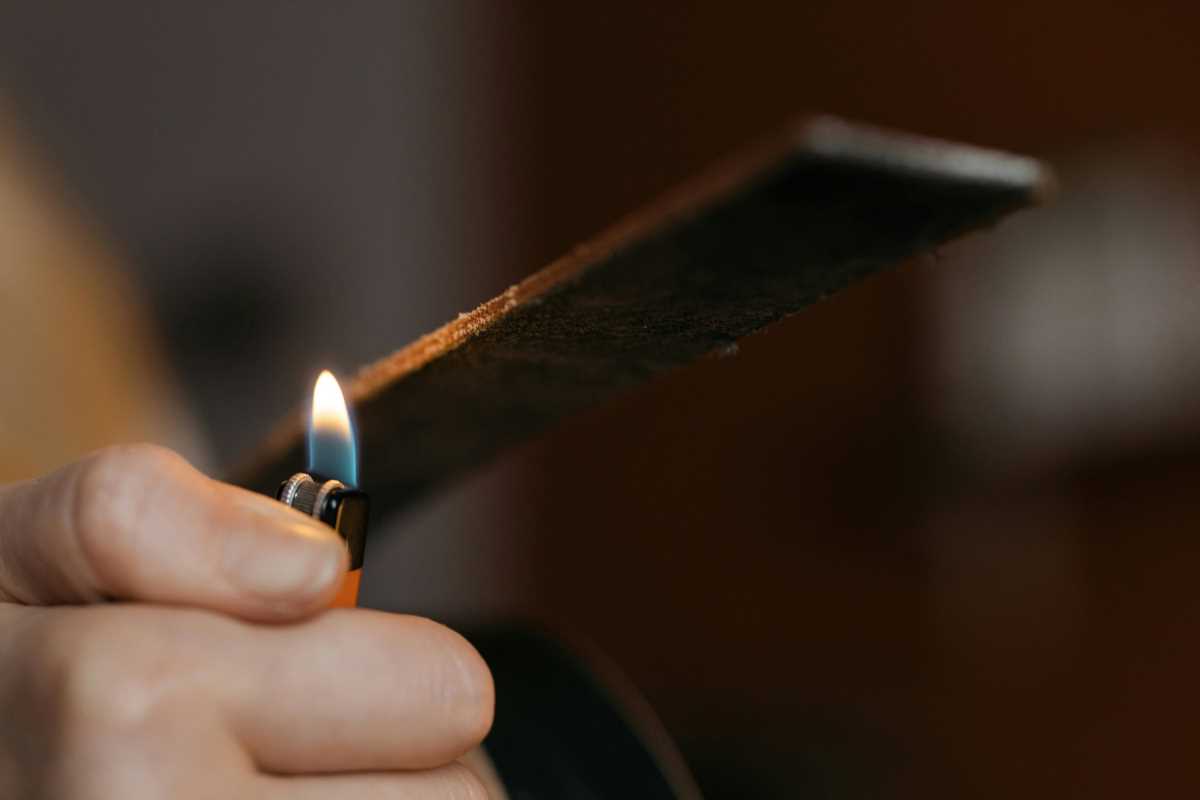Building realistic model train scenes combines careful craftsmanship with a love for detail, offering a hands-on experience that blends artistry and technical skill. Each layout provides a fresh opportunity to experiment with new techniques and bring miniature worlds to life, from intricate landscapes to lifelike buildings. As you develop your scene, you may find inspiration in the small touches that add depth and character, making every project a satisfying journey. Exploring new concepts and features can spark creativity, turning your workspace into a place where ideas flow freely and every session brings new discoveries. The process not only enriches your skills but also brings lasting enjoyment.
Exploring the theme of realistic layouts invites you to experiment with intricate details, clever setups, and custom scenery that bring your miniature world to life. Each project challenges you to transform a simple plan into an immersive landscape that captures the spirit of classic train travel and scenic allure.
Getting Started with Model Train Scenery
Start building your scene by gathering all the essential tools, materials, and a well-thought-out plan. Planning plays a crucial role in making the process smooth and enjoyable. The first step involves organizing your workspace, collecting the necessary supplies, and visualizing your final design style.
Consider the following essentials to kick off your project:
- Quality track pieces and connectors for a reliable route
- Scale-appropriate scenery materials like model trees, terrain, and water effects
- Precise measuring tools, adhesives, and paints for detailed work
- A detailed sketch or digital layout plan to map out track flow and scenic elements
Having a curated checklist like this helps you cover all bases before you start working on your display. Good planning helps you avoid common mistakes and focus on refining each detail for a more impressive result.
Top Layout Ideas for Realistic Scenes
Explore inventive layout plans to elevate your creative journey. Use various geographical features to build a scene that tells a story through its twists, turns, and intricate settings. Let your imagination run free as you include natural features and man-made landmarks into your design.
Here are a few numbered concepts to spark creativity and practical implementation:
- Create a winding mountain pass complete with steep grades, tunnels, and stunning rock formations.
- Design a busy urban station with detailed buildings, elevated tracks, and glowing streetlights.
- Build a rural countryside scene, dotted with charming villages, farmyards, and gently curving roads.
- Develop a desert layout with dramatic canyons, sparse vegetation, and a remote outpost that reflects history.
- Experiment with coastal settings that combine rugged cliffs, calm beaches, and reflective water surfaces to finish your scenery.
Each idea provides a framework you can adjust to match your style and skill level.
Techniques for Enhancing Realism
Turn your display from a simple train set into a detailed diorama that impresses with its accuracy and lifelike appearance. Use subtle techniques that complement your foundation to boost realism at every step.
Try these practical tips to improve your project:
- Apply weathering techniques on buildings, trees, and landscapes to mimic the effects of time.
- Use various paint washes and dry brushing to add natural wear and tear details.
- Incorporate natural materials like gravel, small pebbles, and real debris to create authentic micro-environments.
- Utilize hidden supports and clever wiring to keep props discreet yet effective, enhancing overall believability.
The careful use of these techniques helps you design a scene that mirrors natural environments and emphasizes the tiny scale of a model train setup in full detail.
Adding Details: Scenery, Structures, and Figures
Pay attention to the finer points of the model world by including detailed features that add character and depth. Small figures with distinctive postures, detailed buildings, and tiny accessories bring vibrancy and interest. Consistency in scale and style makes each element feel like part of a larger story that is uniquely yours.
Choose pieces from well-known brands like Bachmann or Lionel carefully to match the complexity of your layout. These elements not only give a refined look but also help create a coherent aesthetic that enhances the entire scene.
Lighting and Effects for Dramatic Impact
Lighting plays a key role in setting the mood and shaping the overall impression of your setup. Place lamps, LED strips, or tiny spotlights thoughtfully to mimic sunrise, sunset, or the gentle glow of streetlights. Creative use of lighting turns your static layout into a lively environment that invites viewers into its story.
Try out these lighting ideas to transform your setup:
- Use adjustable white or colored lights to change the mood from daytime vibrancy to a mysterious evening atmosphere.
- Install subtle background lighting behind scenic objects to cast shadows that highlight texture and depth.
- Use flickering or pulsating lights to mimic periods of busy industrial activity or passing vehicles in the distance.
Each lighting effect adds drama and encourages precision in capturing the essence of your scene. A well-thought-out lighting plan emphasizes every detail and makes your display more immersive.
Careful planning and creativity let you build a realistic and engaging model train scene. Experiment with styles and let your passion for miniatures show in every detail.
 (Image via
(Image via

.jpeg)



